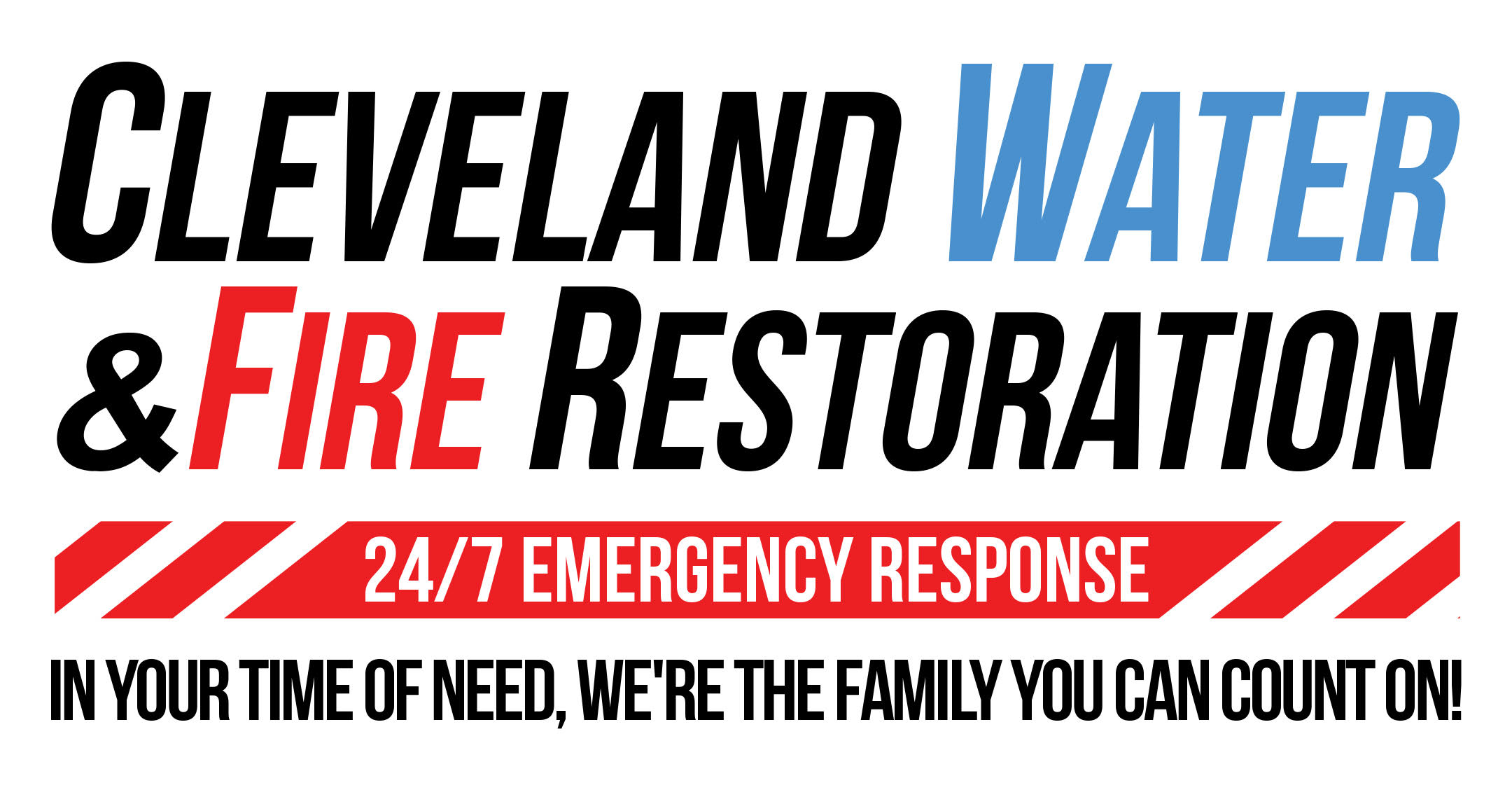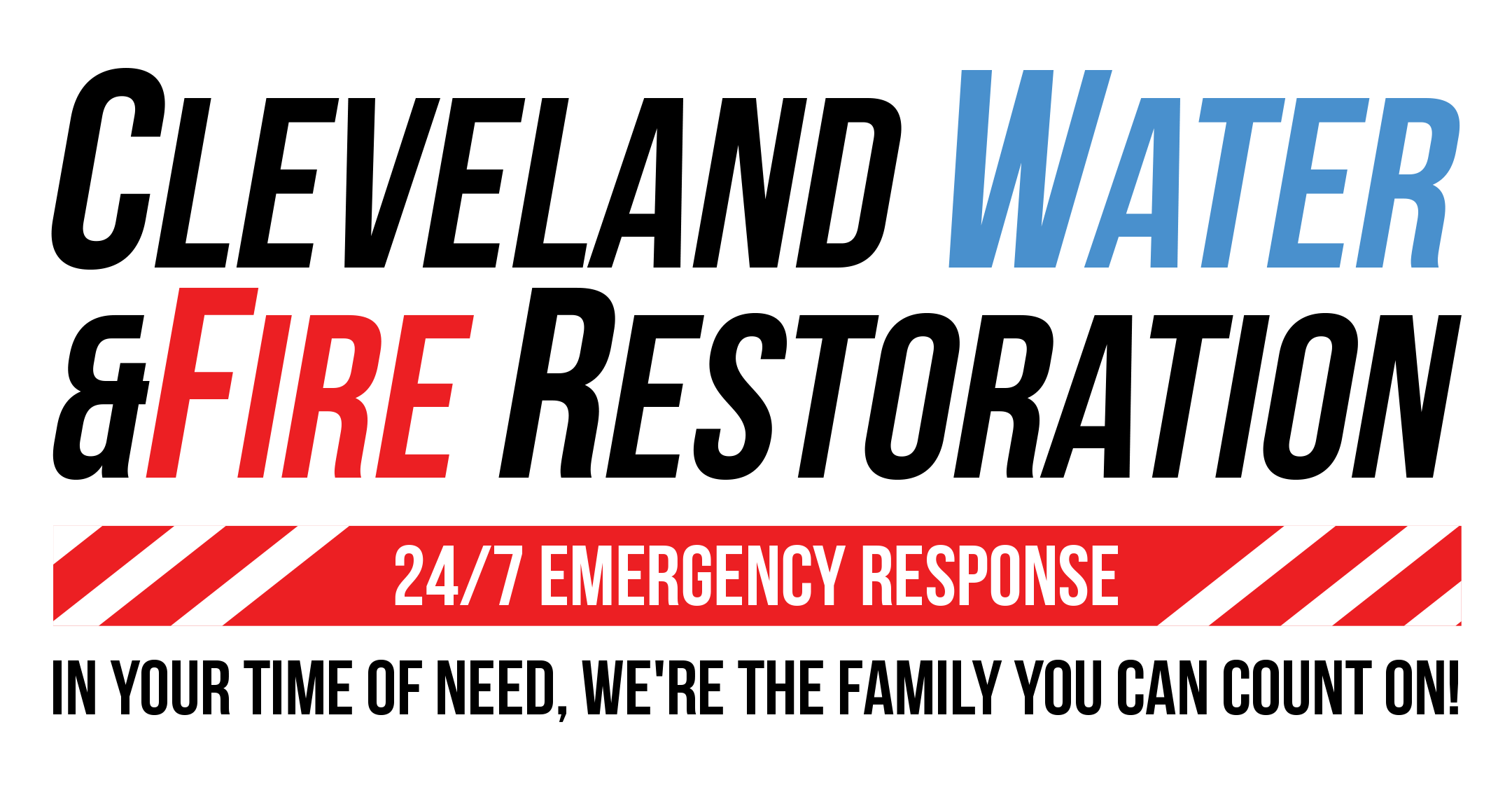Water damage is a common issue that homeowners encounter across various seasons and regions. Whether caused by natural disasters, appliance malfunctions, or plumbing failures, water intrusion can lead to significant property damage if not addressed promptly. In Northeast Ohio and other areas, understanding the potential costs involved in water mitigation is crucial for homeowners who aim to protect their properties effectively.
Understanding Water Damage Categories
Water mitigation costs vary based on the type of water involved. The Institute of Inspection Cleaning and Restoration Certification (IICRC) categorizes water into three distinct types:
- Category 1: Clean Water This type originates from a clean water source, such as a broken supply line or appliance malfunction. It poses no substantial threat to humans or the environment at the outset.
- Category 2: Gray Water This category indicates water that carries contaminants that may cause illness or discomfort if ingested. Common sources include washing machine overflows or dishwasher leaks.
- Category 3: Black Water Black water is highly contaminated and poses severe health risks. It includes sewage backups or floodwater from external sources.
The classification impacts both the cleanup process and the associated costs. Proper evaluation helps restoration professionals determine the necessary actions to restore the area to a safe and livable condition.
Average Costs Per Category
Each water category has varying costs for professional mitigation:
- Category 1 Water Cleanup costs range from $10 to $15 per square foot. For instance, mitigating a typical 500 square foot basement impacted by clean water would cost between $5,000 and $7,500.
- Category 2 Water Costs increase to between $12 and $18 per square foot, reflecting the additional complexity involved in addressing potentially harmful contaminants.
- Category 3 Water The most expensive category, costing between $18 and $21 per square foot due to the high level of contamination and the need for extensive precautionary measures during cleanup.
These prices typically cover the removal of water, drying, dehumidifying the environment, and using specialized equipment.
Importance of Timely and Proper Mitigation
Failing to promptly address water damage can exacerbate issues, leading to more extensive repairs. Water can migrate behind walls, under floors, and into insulation, creating environments conducive to mold growth. Mold not only jeopardizes the structural integrity of a home but also poses significant health risks to its occupants.
Insurance companies often view delays in addressing water damage as homeowner negligence, possibly reducing or denying coverage claims. Immediate action upon discovering water intrusion can prevent further damage and higher out-of-pocket expenses.
Material Considerations
The type of materials affected by water damage also influences mitigation strategies:
- Permeable Materials Materials such as drywall and carpet will absorb water and often require removal and replacement, especially when contaminated by category 2 or 3 water.
- Non-permeable Materials Flooring options like vinyl planks may require special handling. If water enters beneath non-porous surfaces, the flooring typically needs to be removed to ensure thorough drying.
In cases of category 3 contamination, porous materials that cannot be effectively cleaned must often be discarded. Kitchen cabinets, for example, may need removal if cleaning is not feasible.
Beyond Mitigation: Reconstruction
Mitigation includes immediate cleanup and drying. However, reconstruction is a separate stage involving repairs like replacing drywall, carpeting, or cabinetry. The extent of reconstruction depends on the impacted areas and their use. Simple spaces like unfinished basements may require minimal reconstruction, whereas kitchens or bathrooms necessitate more elaborate repairs.
Emphasizing Industry Standards
Following industry standards during water mitigation is vital to ensure the safety of occupants and the integrity of the property. Using proper equipment and techniques helps mitigate health risks and maintain property value. Homeowners should engage certified professionals to ensure compliance with industry norms and to secure effective and efficient restoration.
Understanding the costs and processes involved in water mitigation can help homeowners make informed decisions when facing water damage. Prompt and proper intervention not only safeguards the property but can also minimize financial outlay and potential health hazards.

